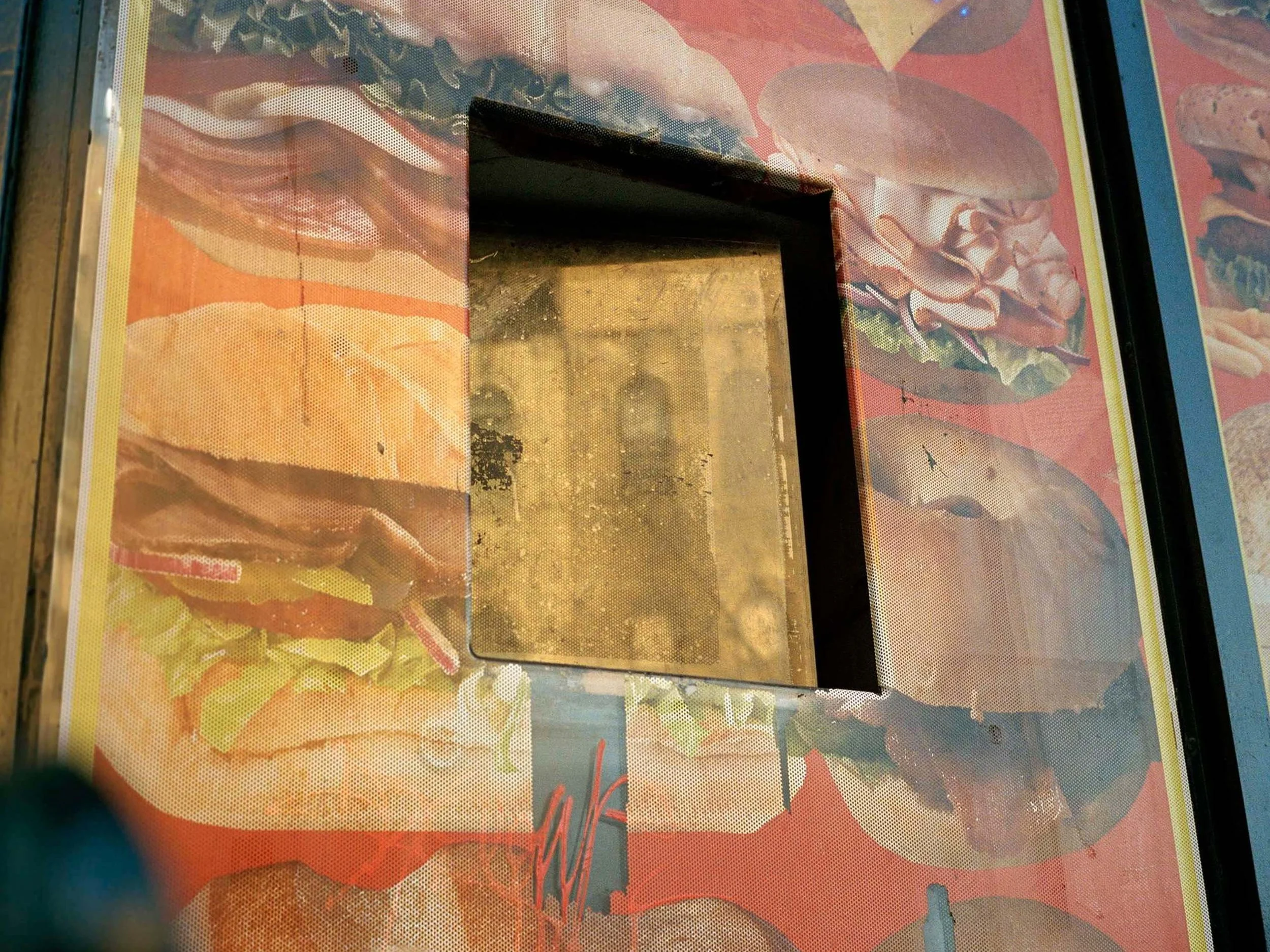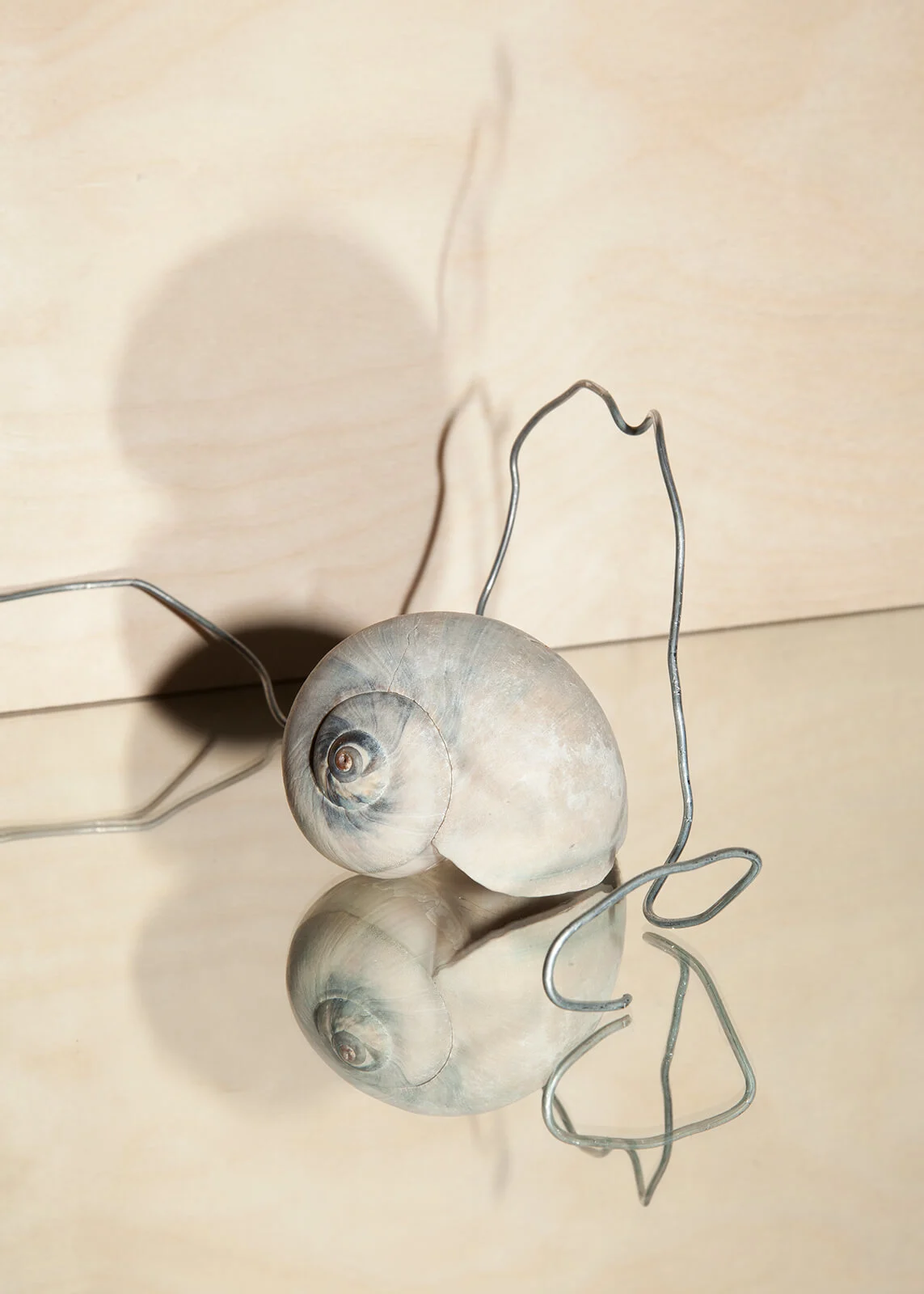
Living in different cities, friends Ben Alper and Nat Ward began their project as a way to bridge the distance between them. As they’re both photographers, it was only natural they opted for a visual conversation, in which one of them posts an image to the website, and the other responds with an image of his own. In this way, a photographic exchange began which has been going on for four years.


But more than keeping in touch with each other, Ben and Nat were interested in facilitating a curatorial project that questioned how photography is presented and engaged with. The photos on A New Nothing are understood in a sequence that viewers scroll through horizontally. Once-individual images gain new meaning in relation to the pictures that are published before and after them.
“We wanted endless possibilities for unusual, new, and remarkable photographs; unusual, new, and remarkable connections,” Nat says.
Soon they invited other photographers to start their own conservations with a chosen partner: sometimes a good friend, sometimes a stranger whose work they’ve admired from afar. “I really love it when that happens,” Nat says. “The site ends up functioning as a kind of matchmaker – forging connections and solidifying relationships that might not otherwise exist.”
The two photographers’ styles may clash or complement each other. What they choose to respond to within each other’s images could be a graphic element – like a color or a shape – or it could be a connection made on a more conceptual or emotional level. The link isn’t always obvious and excitingly a new upload can completely change the tone of the image-thread.


There are no rules in terms of what people should post. Artists are free to shoot new works each time, to scour their archives for relevant matches, or even to use found photos. Recently the first exchange of YouTube video clips took place.
The time that passes between each post fluctuates. Some artists are moved to react quickly, posting a reply within a few days, while others take their time and weeks could pass between uploads. If nothing has been posted after 6 months the conversation is archived. “It’s particularly exciting to watch what happens when a stopped or idle conversation gets going again after all the time in between postings,” Nat says.
Ben’s favorite conversations are the ones that have been ongoing for years. “They’re the ones with the most familiarity and rapport,” he says. “Over time, you begin to discern the way that people are ‘talking’ to one another, the tenor or tone of the conversation. You can see people getting more comfortable with both each other and the process. And there’s something wonderful about seeing this occur in a purely visual way, because it feels like an invitation to step inside two people’s heads.”


The project attracts viewers who are interested in how an artist thinks. “It provides opportunities to come to understand how individualised ways of thinking become different ways of seeing and ways of making image-based decisions,” Nat says.
It’s intentional that there are no captions on A New Nothing. Each image is displayed with just the photographer’s initials and the date it was posted. The images are unburdened by context and can communicate in a purely visual way.
“Captions are meant to classify and describe, to remove as many ambiguities as possible. However, ambiguities are what makes photographs vital, mysterious and engaging,” Ben explains. “When we don’t exactly know what we’re looking at or what’s occurring in an image, we spend more time with that image; we allow our imagination, experience and knowledge of the world to create meaning, or construct a narrative.
“Captions are designed to overdetermine, which is ultimately the death of interpretation. When people encounter the site, we want them to be engaged, humored or perplexed,” he continues.


Experimenting with visual communication, Ben and Nat have drawn parallels between the exchanges on A New Nothing and written or spoken language.
“At its best a photograph is closer to a short, powerful phrase, simply spoken and full of feeling than it is to a cerebrally-crafted paragraph full of words that point at ideas,” Nat says. “One-liners, choruses to country songs, and the illogical efficiencies of poetry all seem related to the vernacular vocabulary of photographs.”
In his responses Ben finds inspiration in literary devices and considers how images could operate as metaphors, clichés, innuendos, hyperboles, poems or alliterations. But he’s concluded that communicating with someone through images is closer to interpreting body language than it is to reading words. “Ultimately, there’s something really elemental about people communicating with one another,” he says. “And this project, at its simplest, is a way of facilitating that.”
Words by Alix-Rose Cowie